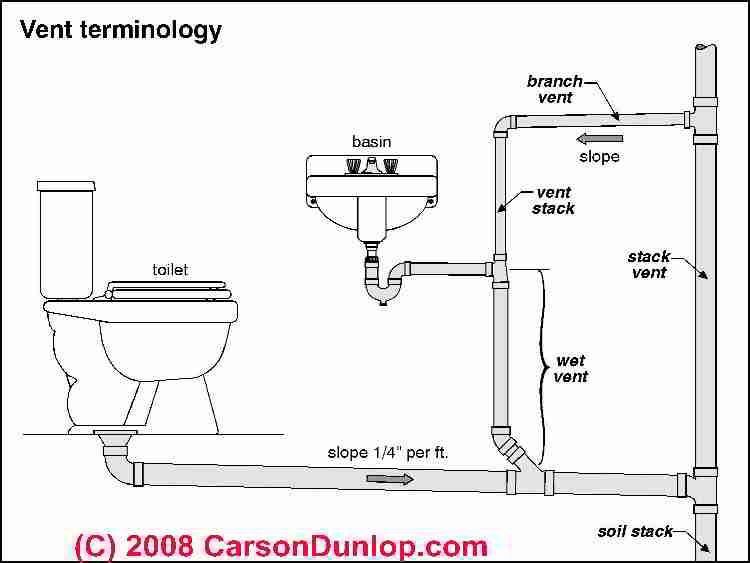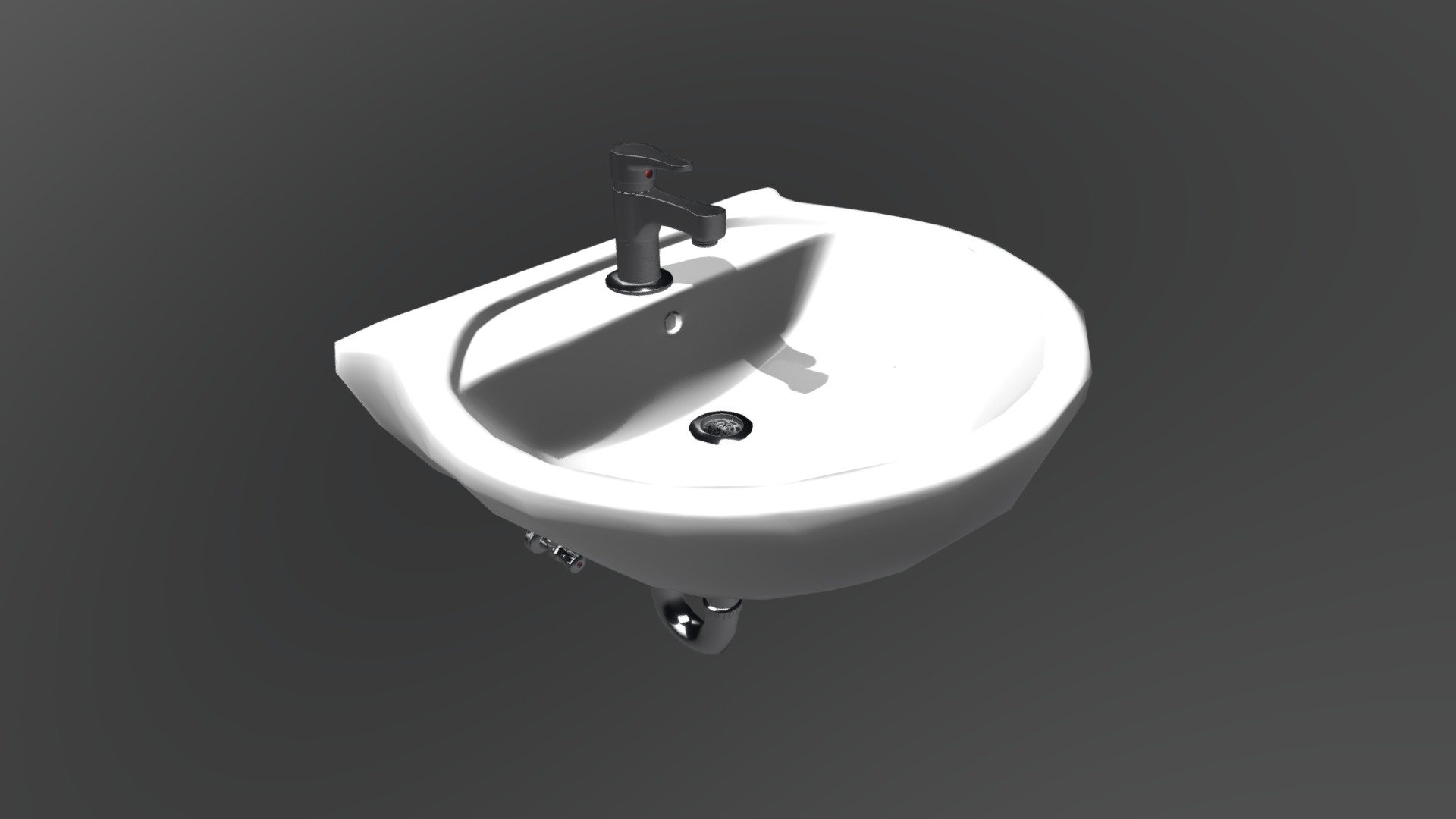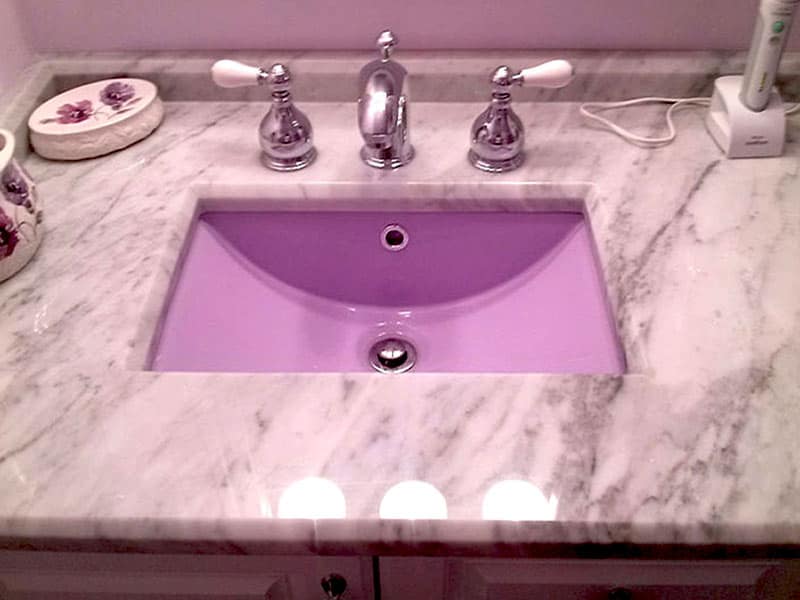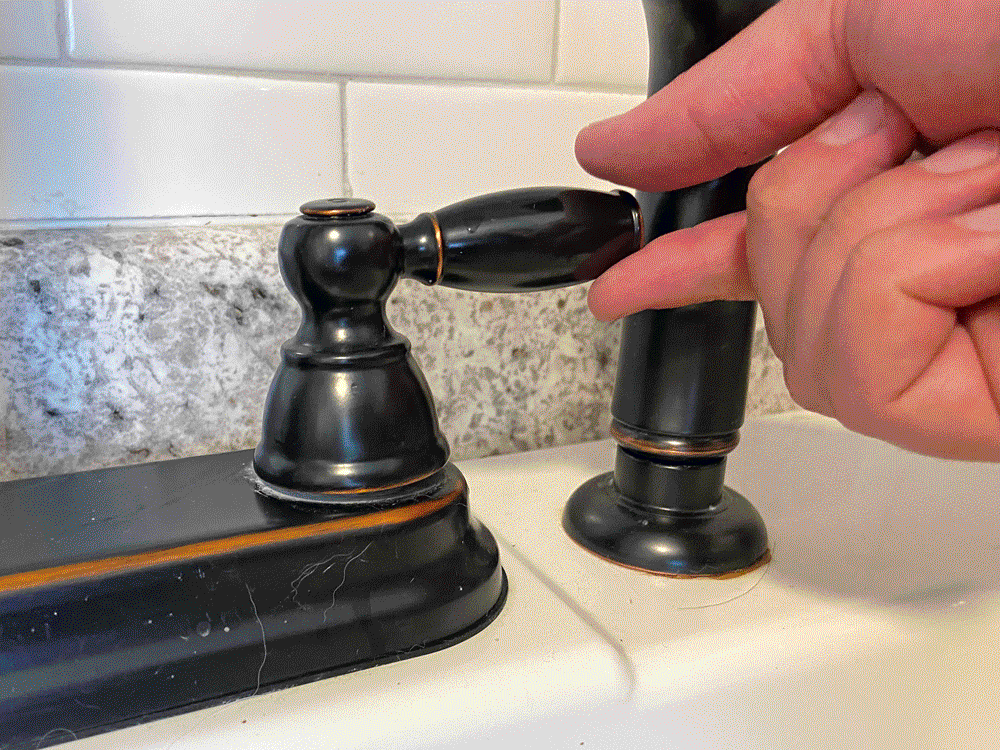Bathroom Sink Venting Requirements
If you're planning a bathroom remodel or installing a new sink, you may be wondering if a bathroom sink needs to be vented. The answer is yes, a bathroom sink does need to be vented in order to function properly and meet building codes. Venting is an essential part of any plumbing system, and without proper venting, your bathroom sink could experience a variety of issues.
Bathroom Sink Venting Code
In most areas, the plumbing code requires that all fixtures, including bathroom sinks, be properly vented. This is to ensure that the plumbing system is safe and efficient. The specific codes may vary slightly depending on your location, but generally, a bathroom sink must be vented through the roof or an exterior wall.
Bathroom Sink Venting Diagram
To better understand how a bathroom sink is vented, it can be helpful to look at a diagram of the plumbing system. A bathroom sink typically has a drain pipe that connects to the main sewer line, as well as a vent pipe that extends up through the roof or exterior wall. This vent pipe allows air to enter the plumbing system and helps to prevent clogs and odors.
Bathroom Sink Venting Options
There are a few different options for venting a bathroom sink. The most common method is through the roof, but it is also possible to vent through an exterior wall. Some sinks may also have an air admittance valve (AAV) installed under the sink, which serves as a venting alternative in certain situations. However, AAVs are not allowed in all areas, so it's important to check your local plumbing codes.
Bathroom Sink Venting Solutions
If your bathroom sink is not currently vented, there are a few solutions you can consider. The most common solution is to install a vent pipe through the roof or exterior wall, which can be done by a professional plumber. Another option is to use an AAV, but again, this may not be allowed in all areas. It's important to ensure that any venting solutions comply with local building codes.
Bathroom Sink Venting Tips
Here are a few tips to keep in mind when it comes to bathroom sink venting:
Bathroom Sink Venting Regulations
As mentioned before, venting codes and regulations may vary slightly depending on your location. It's important to research and understand the specific regulations in your area to ensure that your bathroom sink is properly vented and meets all requirements. Failure to comply with regulations could result in costly repairs or penalties.
Bathroom Sink Venting Guidelines
In addition to local building codes, there are also general guidelines to keep in mind when it comes to bathroom sink venting. These include ensuring proper slope and size of the vent pipe, as well as proper placement and installation. It's also important to use quality materials and properly seal any connections to prevent leaks.
Bathroom Sink Venting Best Practices
To ensure the best possible performance and longevity of your bathroom sink venting, follow these best practices:
Bathroom Sink Venting Installation
If you're installing a new bathroom sink, it's important to consider the venting requirements and make sure they are met. It may be necessary to consult a professional plumber to ensure proper installation and compliance with building codes. In some cases, modifications may need to be made to the existing plumbing system in order to properly vent the sink.
In conclusion, a bathroom sink does indeed need to be vented in order to function properly and comply with building codes. By understanding the venting requirements and following best practices, you can ensure that your bathroom sink operates efficiently and without any issues. If you're unsure about the venting needs for your specific situation, don't hesitate to consult a professional plumber for guidance.
Why Proper Ventilation is Essential for Your Bathroom Sink

The Importance of Ventilation in House Design
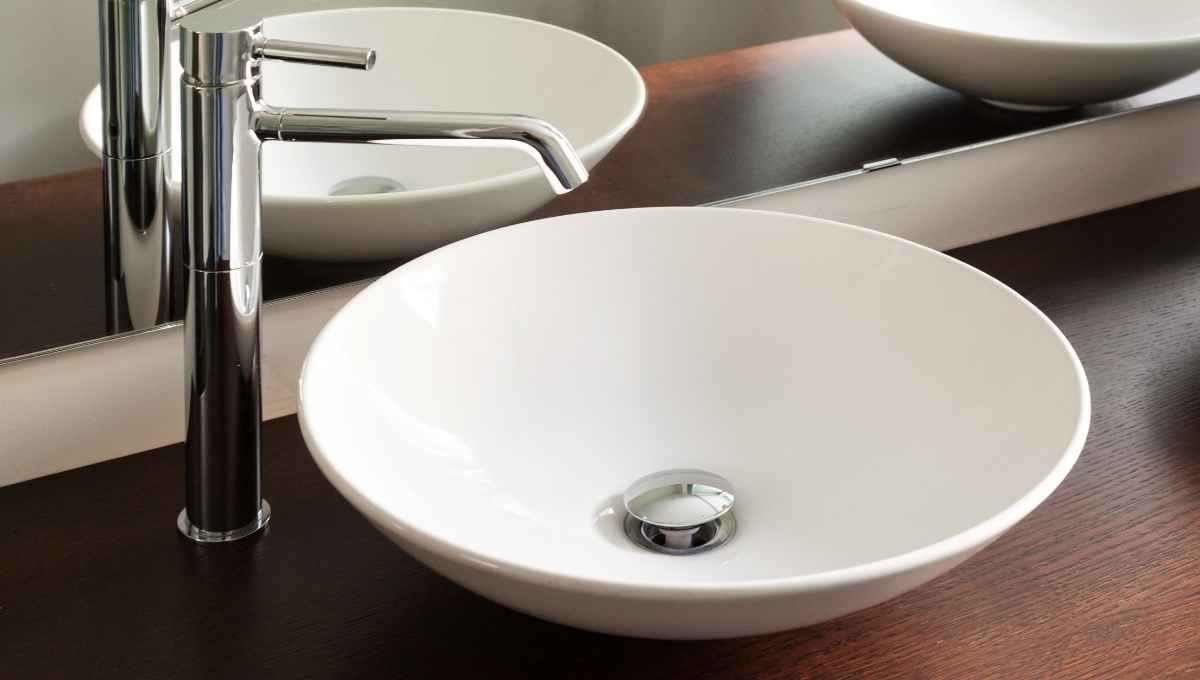 When it comes to designing a house, proper ventilation is often overlooked or not given enough consideration. However, ventilation is a crucial aspect of any house design, especially when it comes to the bathroom. The bathroom is a space where moisture, odors, and bacteria can accumulate, making ventilation a vital element for maintaining a healthy and functional space.
When it comes to designing a house, proper ventilation is often overlooked or not given enough consideration. However, ventilation is a crucial aspect of any house design, especially when it comes to the bathroom. The bathroom is a space where moisture, odors, and bacteria can accumulate, making ventilation a vital element for maintaining a healthy and functional space.
What is Ventilation and Why is it Necessary?
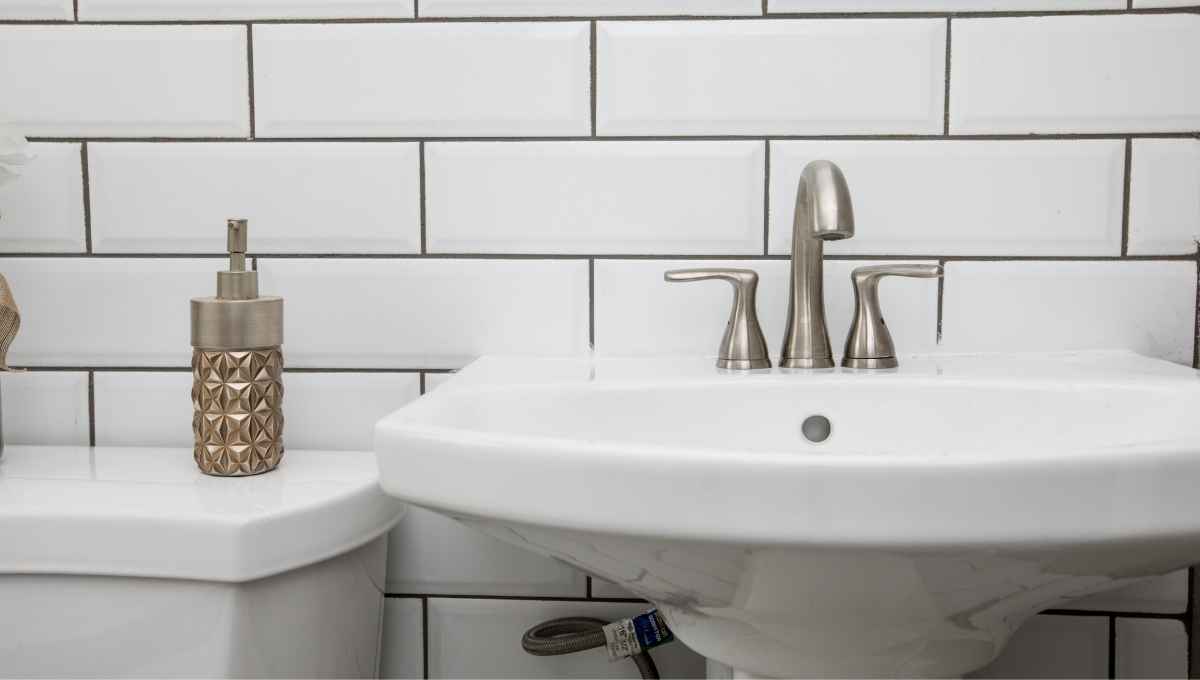 Ventilation is the process of circulating air in and out of a space, ensuring that there is a constant flow of fresh air. In the case of a bathroom, proper ventilation helps to remove excess moisture and odors, preventing the growth of mold and bacteria. It also helps to improve air quality, making the space more comfortable and hygienic for use.
When it comes to bathroom sinks, proper ventilation is just as important. The sink is a source of water, and without proper ventilation, the moisture from frequent use can lead to issues such as water damage, mold growth, and unpleasant odors. This is especially true for bathrooms that do not have a window or any other form of natural ventilation.
Ventilation is the process of circulating air in and out of a space, ensuring that there is a constant flow of fresh air. In the case of a bathroom, proper ventilation helps to remove excess moisture and odors, preventing the growth of mold and bacteria. It also helps to improve air quality, making the space more comfortable and hygienic for use.
When it comes to bathroom sinks, proper ventilation is just as important. The sink is a source of water, and without proper ventilation, the moisture from frequent use can lead to issues such as water damage, mold growth, and unpleasant odors. This is especially true for bathrooms that do not have a window or any other form of natural ventilation.
The Role of a Vent Pipe for Your Bathroom Sink
 One way to ensure proper ventilation for your bathroom sink is by installing a vent pipe. A vent pipe is a pipe that runs from the sink drain to the outside of the house, allowing for the release of air and moisture. This helps to prevent any buildup of pressure in the pipes, which can lead to clogs and other plumbing issues.
Not only does a vent pipe help to maintain a healthy and hygienic bathroom, but it also plays a crucial role in preventing costly plumbing problems.
Without proper ventilation, the sink drain can become clogged with hair, soap scum, and other debris, leading to slow drainage and potential backups.
One way to ensure proper ventilation for your bathroom sink is by installing a vent pipe. A vent pipe is a pipe that runs from the sink drain to the outside of the house, allowing for the release of air and moisture. This helps to prevent any buildup of pressure in the pipes, which can lead to clogs and other plumbing issues.
Not only does a vent pipe help to maintain a healthy and hygienic bathroom, but it also plays a crucial role in preventing costly plumbing problems.
Without proper ventilation, the sink drain can become clogged with hair, soap scum, and other debris, leading to slow drainage and potential backups.
Conclusion
 In conclusion, proper ventilation is essential for a bathroom sink. It not only helps to maintain a healthy and functional space but also prevents potential plumbing issues that can be costly and inconvenient. So when designing or renovating your bathroom, don't forget to consider the importance of ventilation and make sure your sink is properly vented for optimal performance and longevity.
In conclusion, proper ventilation is essential for a bathroom sink. It not only helps to maintain a healthy and functional space but also prevents potential plumbing issues that can be costly and inconvenient. So when designing or renovating your bathroom, don't forget to consider the importance of ventilation and make sure your sink is properly vented for optimal performance and longevity.



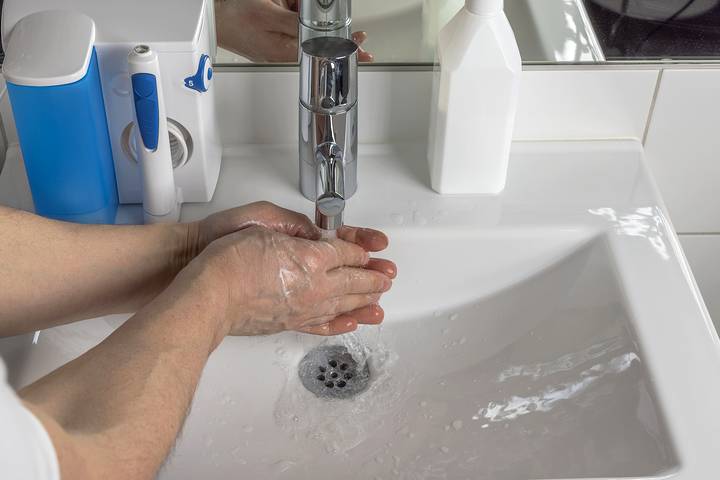









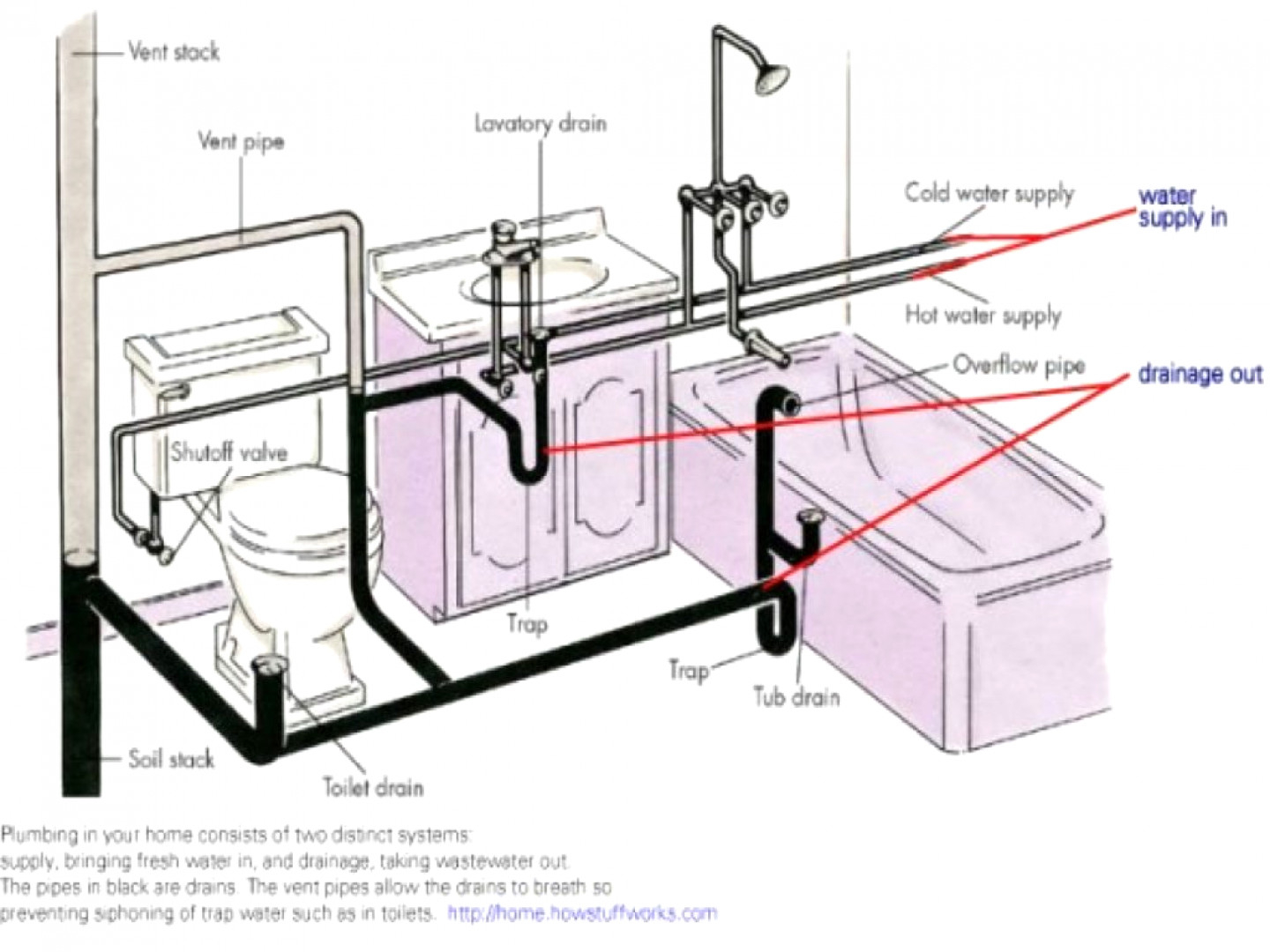




:max_bytes(150000):strip_icc()/venting-sink-diagram-f8f9759a-1047c08369d24101b00c8340ba048950.jpg)


